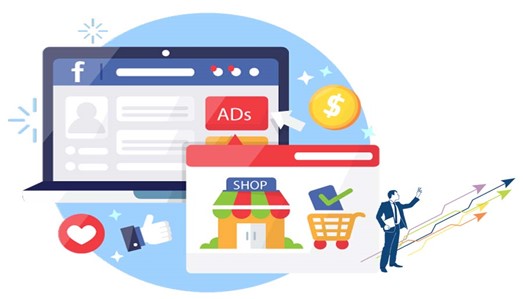8 problems to expect after launching your Shopify store
Great! The moment you’ve been waiting for is here. You have successfully launched your online store on Shopify. Your store is filled with products that are ready to use. But is there something that is hidden from all eyes? Something that needs your immediate attention on your Shopify store? No, just because you can’t keep something doesn’t mean your Shopify store might be perfect. On the other hand, I’m not suggesting that every store has to have something missing (often there is!).
However, there is a quick checklist you can use to find out if everything is ok or not. Scroll down to find the ultimate checklist to check if everything is perfect or not in your Shopify store.
- Did you add the selected sales channels?
Different providers choose different sales channels. The most well-known sales channels are eBay, Amazon, Instagram, Facebook Shop, Google Shopping, Buy button and checkout links, Messenger, Pinterest, etc. Whatever the ideal medium you want to add – make sure you have it Add. Indeed, after reading the online guides on how to start a dropshipping business with Shopify, Second, you should add the sales channel. Once started, check if the media is working seamlessly and there is no problem with the channel. Of course everything is seamless with Shopify, but be sure to check the added sales channels, how did you include all the preferred media?
- Do you have add a custom domain?
A custom domain name is something that Shopify recommends users do. It helps with brand awareness. It’s also something that helps users remember your URL. You can use Shopify’s Whois search facility to search for a custom domain. If the name is available, you can register the domain name directly through Shopify through a domain registrar. Make sure you have a creative name that’s easy to remember. And in case you forget to add a custom domain, do it right now.
- Are the checkout experience and payment gateway settings OK?
There are numerous things to check when it comes to the checkout experience and payment gateway. For example, did the shipping costs appear during the checkout process? Is the discount given applied upon checkout? Can the customer edit the contents of their shopping cart during the checkout process? Are all common payment methods such as Shop Pay and PayPal available? Is there an option to track order status or not? Notification to the user’s email and the number is sent or not? And so forth! All metiers need to be checked manually to make the checkout process as smooth as possible.
- Have you checked your email notification settings?
In the online world, email drives sales. So what is the email template your customers will receive after a successful checkout? It’s boring? Or something that might persuade them to buy again. If not immediately, then maybe in a month. Thanks to the Shopify store theme– You can be really great creative and use unique branded automated email template.
- Did you run a content check?
Spelling, grammar or broken lines—even the smallest things can drive shoppers out of your store. To make sure they’re connected to your store, review all of the content on the site. Be it the product name, description, tagline or anything else, content should not fall victim to poor editing and proofreading.
- Have you optimized all the images on your website?
If you’ve been in the SEO industry, you might be familiar with this one. Still, for your quick makeover, here’s what you should focus on while optimizing the images on your site. How descriptive. Using Keywords. Optimize your alt attributes and reduce the size of your images. Choosing the right file type. Check your thumbnail. Test your images and so on. These attributes are especially important when it comes to fitting the images properly and attracting the users.
- Do you have an analysis tool installed?
Statistics help companies in different ways. And you must track all data from day one. So make sure you install an analytics tool and track your customers’ activities from day one. Only if you know what your customer is doing can you identify and fix the problems. Yes, you can do A/B testing — but it will be time-consuming and sometimes fruitless. So you need an analytics tool to find out everything and track buyer behavior in your store.
- Have you adjusted your tax and shipping settings?
Many new providers eat up their profits by not adjusting their shipping settings and taxes beforehand. Don’t be one of the examples and learn from the mistakes of others. So make sure you check the declared amount for tax and shipping cost on the checkout page to avoid loss.
Conclusion,
There are numerous other things to check before marking your online store as the perfect one. Of course you will learn many things over time. Still, make sure you make a checklist of all the little issues that might arise and check everything manually. Also, hire professionals to check it and double check everything. Also, check out your competitors and see if you stand out from them or not. Again, you don’t have to perfect it; You just have to be better than your competitors.


Comments are closed.